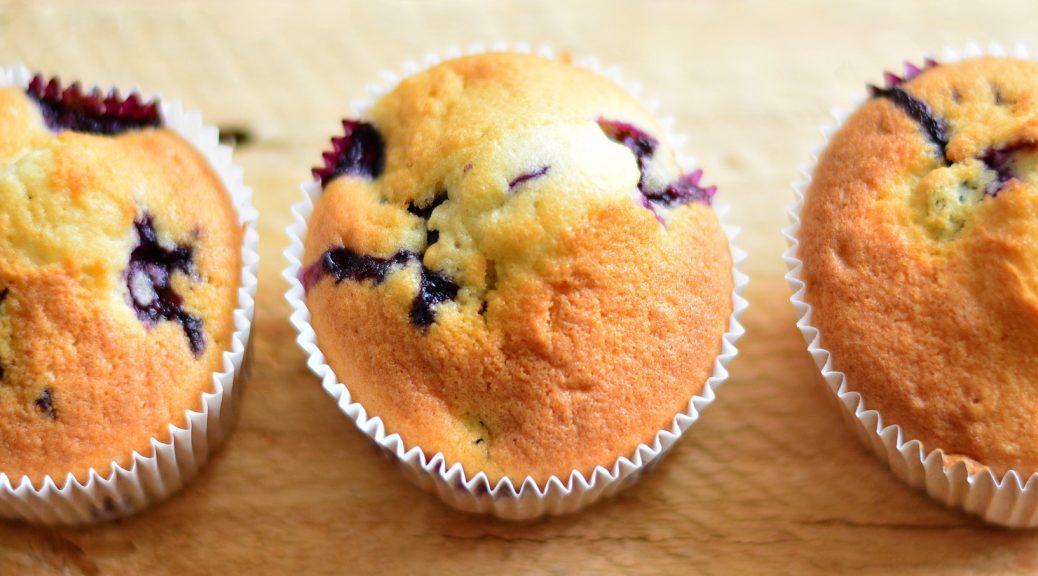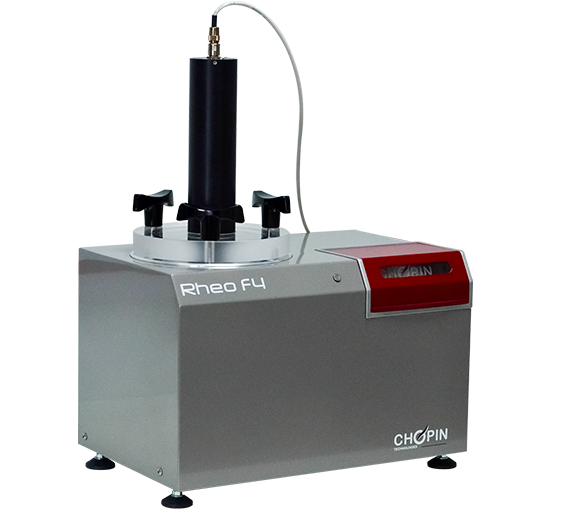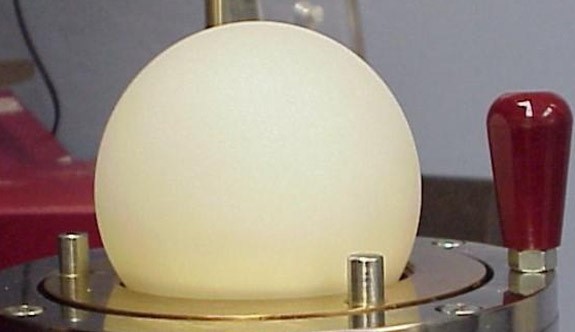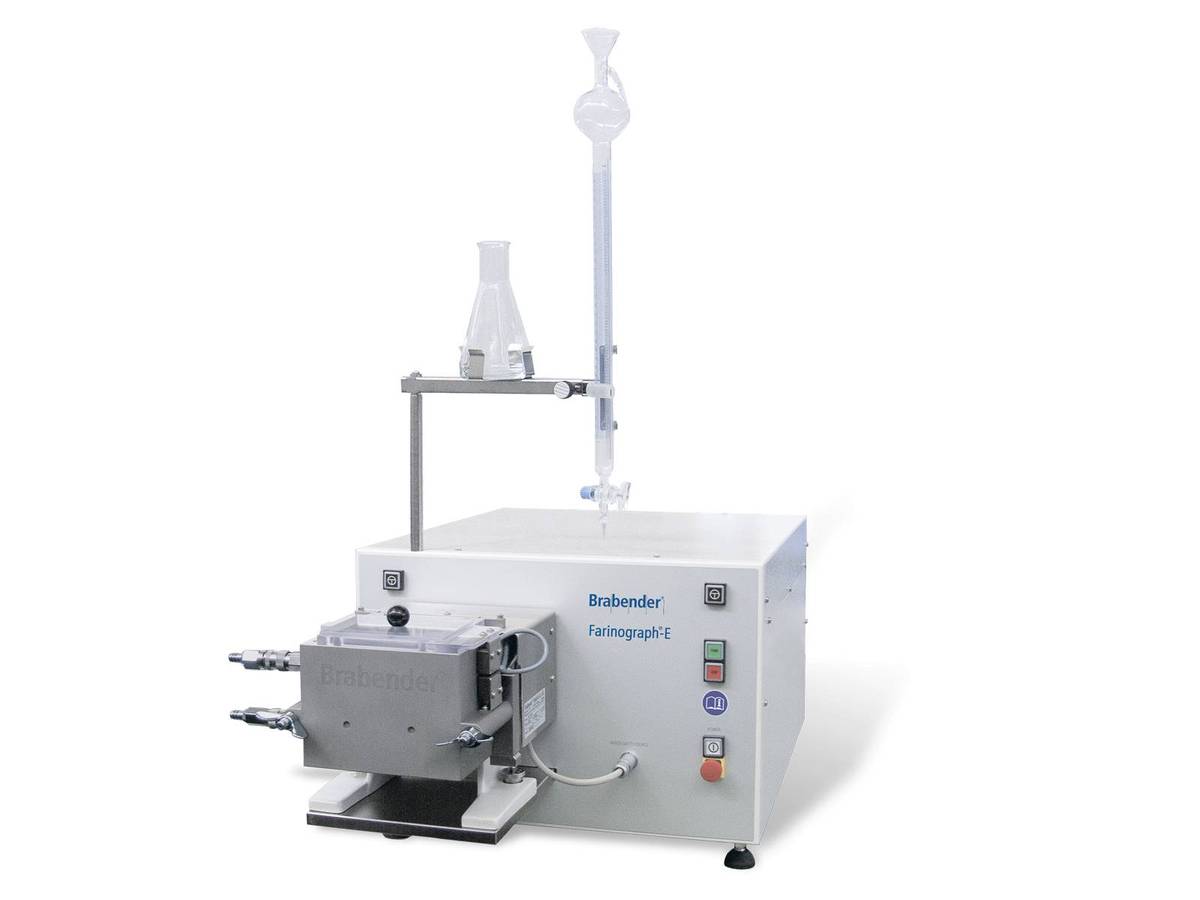Quality of cake flours
Just as with cookies, there are different types of cakes, and they don’t all have the same requirements in terms of the quality of the flours used. In the Anglo-Saxon world, the names of different cakes are very clear, and we can distinguish pound cakes, layer cakes, chiffon cakes, sponge cakes, angel cakes, etc. But in the Spanish-speaking world, these designations are not as specific, and we rely more on formulations to understand what we’re talking about. Even within different…






